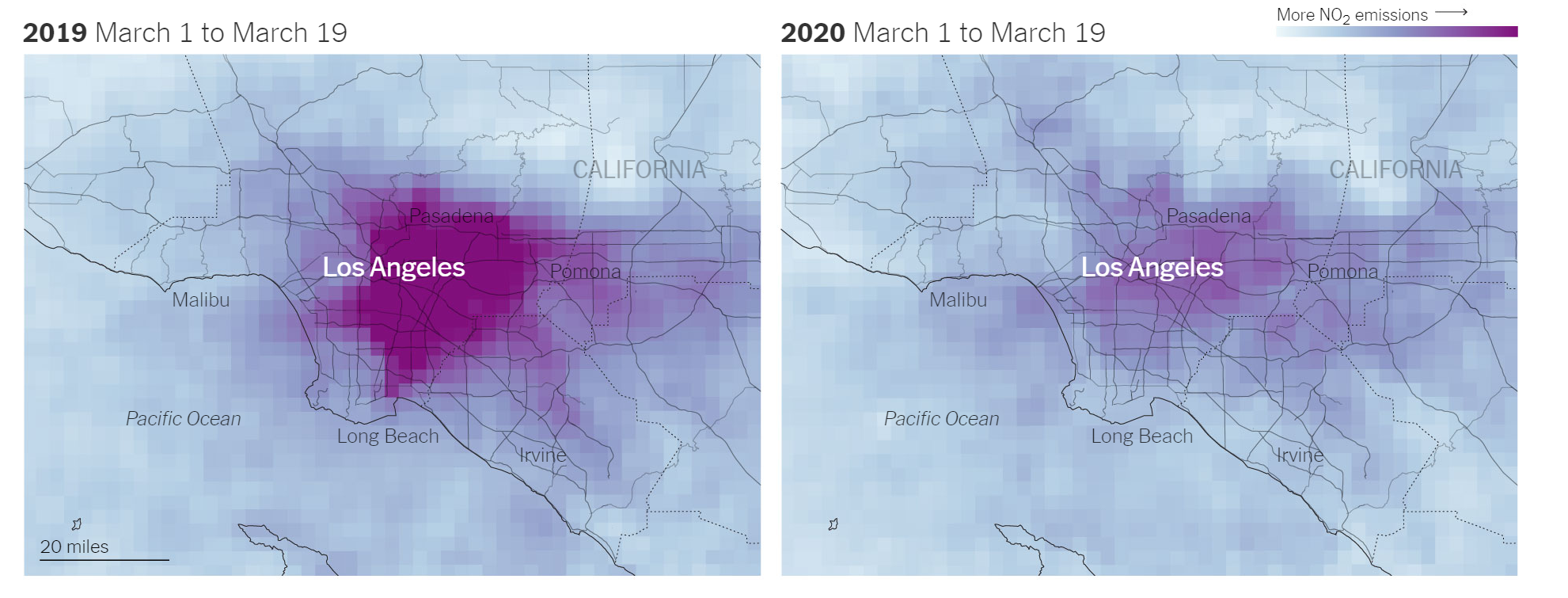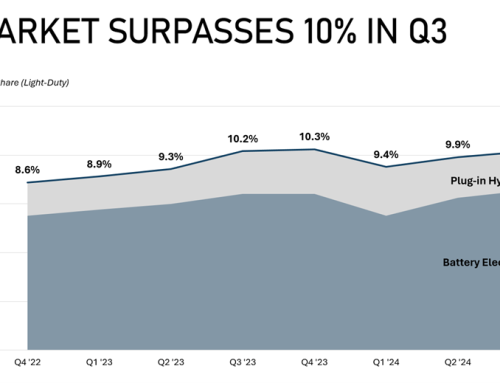
Source: New York Times
Almost half of Americans were living in communities impacted by unhealthy levels of air pollution between 2016 and 2018 according to the latest “State of the Air” report from the American Lung Association. In addition to increasing air pollution, communities are grappling with the effects of climate change where all three of the years covered in this report are among the warmest years ever recorded globally. The report links climate change with high ozone pollution days and more frequent, intensified wildfires that compound the risks to human health.
Impacts from air pollution are not borne equally and individuals living in counties with higher pollution levels are more susceptible to respiratory diseases related to and exacerbated by emissions. New research from Harvard has also linked individuals with long term exposure to dirty air with higher death rates from the coronavirus. The study found that individuals living in areas with high fine particulate pollution are 15 percent more likely to die from COVID-19 compared to individuals living in areas with one unit less of this form of pollution. The likelihood of dying from COVID-19 increases for marginalized communities, which face higher levels of exposure to air pollution.
Cities in the Central Valley of California and Los Angeles have had the highest levels of air pollution since 2000, the year of the first “State of the Air” report. Current shelter in place orders due to COVID-19 throughout the country are having the unintended effect of temporarily reducing the concentration of certain air pollutants in the country’s most smog-choked cities. Satellite images reveal that significant traffic reductions in cities such as Los Angeles, Seattle, and New York have led to large drops in smog concentration last month compared to a year ago.
This connection between air pollution and higher coronavirus vulnerability comes at a time when the Trump administration has finalized a rollback of light-duty vehicle standards. The Environmental Protection Agency’s own analysis concluded that this would lead to an increase in the number of premature deaths. The “State of the Air” report lists this action as one of the major threats to public health in the United States. The American Lung Association and other advocates for clean air highlight reduced driving as a key tool to improve air quality in many cities, and recommend switching to EVs if a reduction in vehicle travel is not possible.
Despite the pandemic, many states continue to advance transportation electrification with detailed plans and new funding opportunities. California policymakers are indicating that pledges to deliver cleaner air have not been deprioritized and New Jersey is pushing ahead to allocate all of its remaining $45 million in VW Settlement funds to EVs and EV charging. Colorado continues to extend its regional transportation electrification leadership and released their 2020 Electric Vehicle Plan on April 23. Connecticut also took advantage of the 50th anniversary of Earth Day last week to release their updated EV Roadmap which seeks to leverage EVs to achieve a 45 percent emissions reduction by 2030.
While their commitment to EVs remains strong, states continue to be mindful of the coronavirus-induced delays that could influence the rollout of new programs and plans. It remains to be seen how the EV industry will fare in the face of manufacturing shutdowns and other hurdles including an increasingly volatile oil market. We will continue to deliver the key EV market and policy developments during this tumultuous time.


